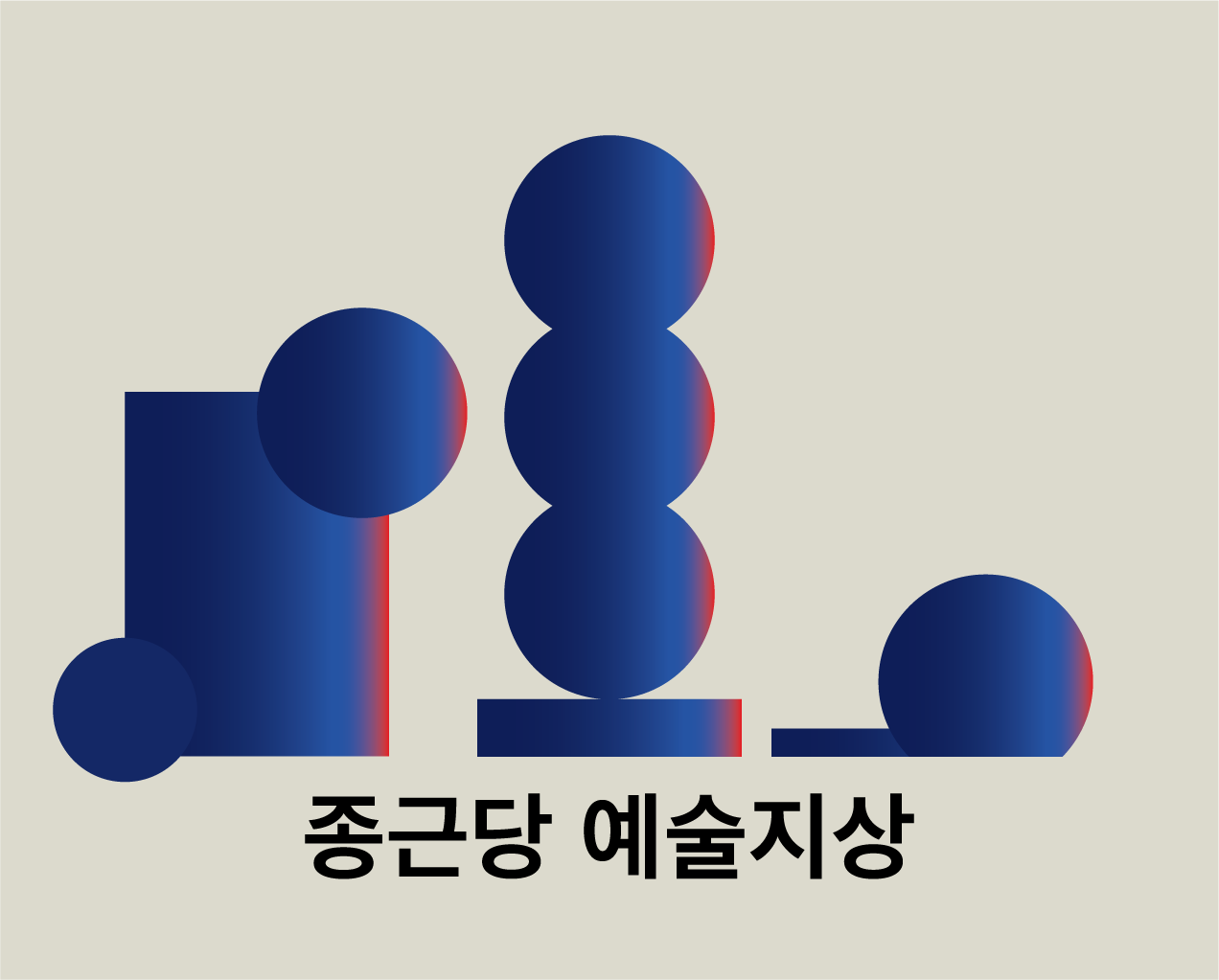Elevating to a New Level
Kim Noam
In the process of creating, for artists, the movement that expands outward and the movement that sinks inward always occurs simultaneously. Artists display various creative forms and methods, but the image of the artist we encounter superficially is ambiguous or complex. The artist continues the holistic and intensive activities in an isolated studio. On the one hand, it appears obsessive and autistic. Exploring and documenting the inner world without exhaustion is unlike a secular activity. The movement toward the inner world is at the same time expanding the human world. The mysterious simultaneity of the creative actions of artists who simultaneously move inside and outside cannot be explained by modern rationality. Rather, it is necessary to include a worldview in which pre-modern material and spirit are fused, where mental activity is related to the change and movement of matter, and vice versa. This is to take measure and respond to the changes of the times through completely individual and independent activities rather than collective ones. The individual encounters the individual, and the different worlds meet.
Many artists in the field of contemporary painting approach the problems of existence, the problems of self and identity, and the problems of the subject and the other in a more metaphysical dimension beyond the traditional formative language. The image is the surface on which the tension between existence and absence is revealed. We examine the absence of the world and truth in Kim Suyeon's work, the absence of existence, hope and dream in Park Gwangsoo's work, and the absence of artist myth, authority in contemporary art, and aura in Wee Youngil's work.
It has been a long time since contemporary painting has dismantled the era of magical wonders of plasticity and aesthetic pleasure. An artist's creative activities and their results almost always contain an individual's personal beliefs and rituals. Rational analysis and relative evaluation become futile. The times when an artist's work used to be appreciated and evaluated as something superior and profound now belongs to history of the past. Things transitioned from experience of plasticity to that of existence. However, we still stand stagnant without abandoning the old custom of comparing and evaluating the works of many artists. Although we know that the past and present paintings are similar in appearance but have completely changed in terms of the essence, our senses and sensibilities move forward or backward very irregularly. We encounter the image they focus on in a complex jumble of progress and regression. Reality is a world in which disparate forces and flows endlessly collide and mix. In this reality, painting itself is dismantled from its interior or its center, and unless it completely wipes out all of the past, leaping into a new world is a distant challenge. The artist goes through the process and records, reproduces, and expresses the changes in human emotions and the lively emotions of individuals. In the process of reproducing reality, the artist records the images formed gradually through countless processes of decomposition and fusion of one's ideology, reflection, senses and emotions. These records do not remain merely as ideas of expressions or illusions. It leaps into a certain truth and wisdom.
The wisdom that the art history of the past period has taught us is that the world of painting that exists in the virtual (illusion) dimension has created a new dimension with strong belief and action that it can exist as a clear new reality. The artistic event taking place at the present has summoned the meaning of the future and a new dimension to the present. The images created by these three artists face the event of meeting the existence of the future in a virtual form. Artistic meaning is tied to time and is always communicated to us only after the present of the event has passed.






















